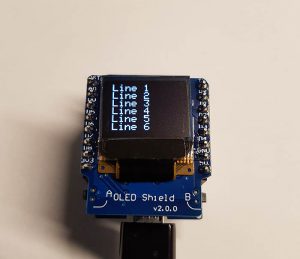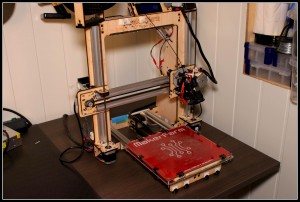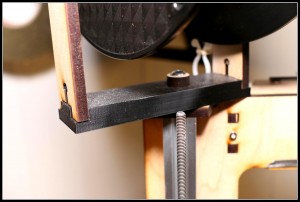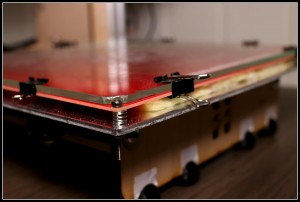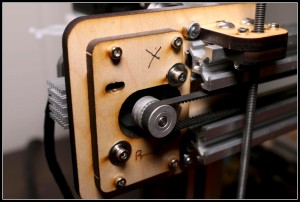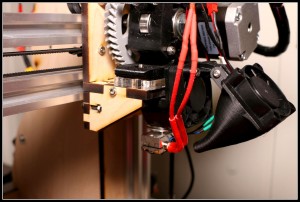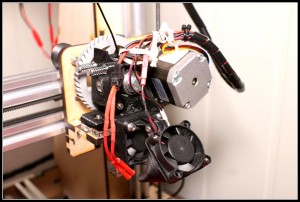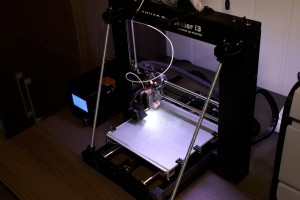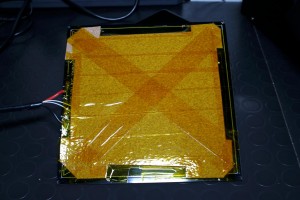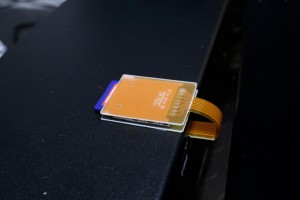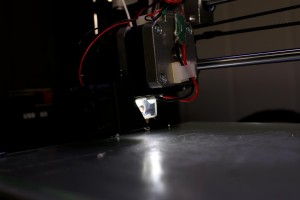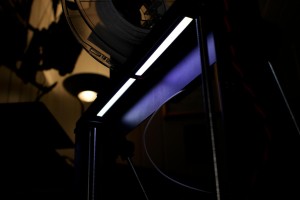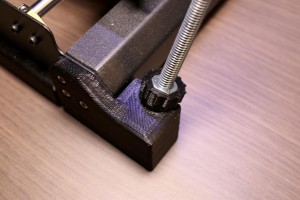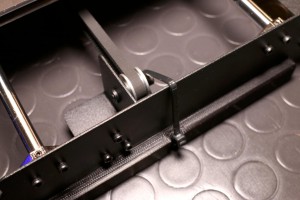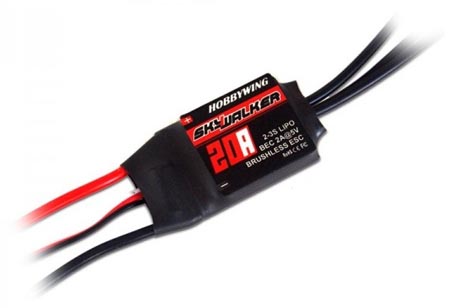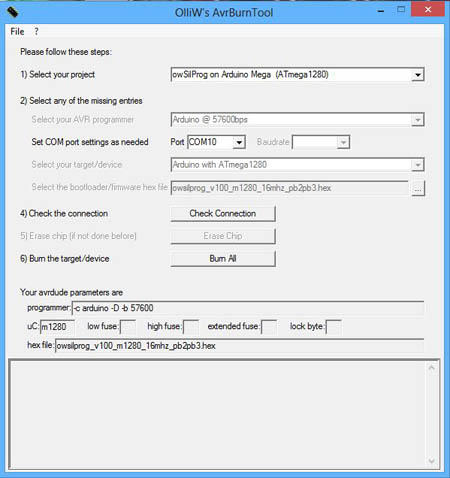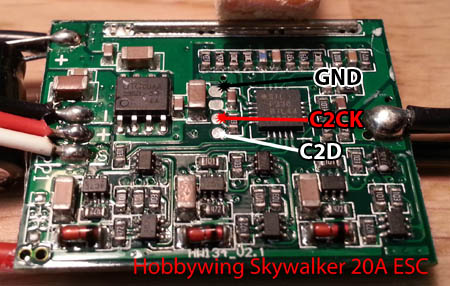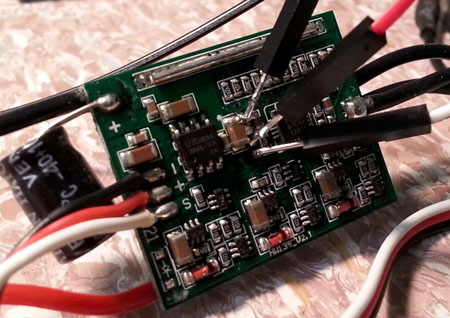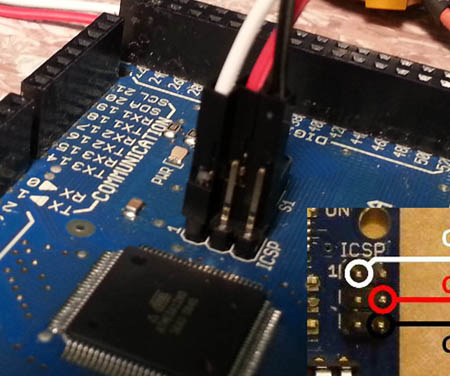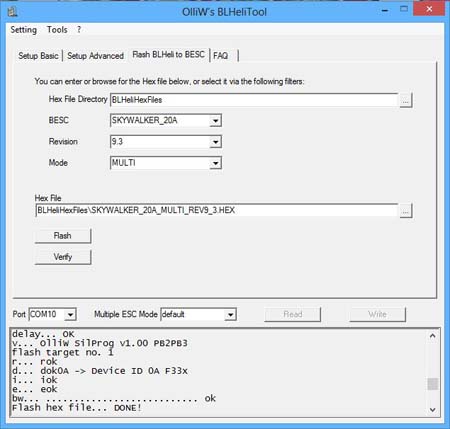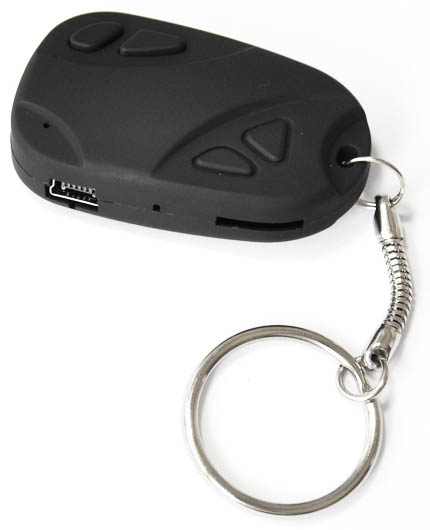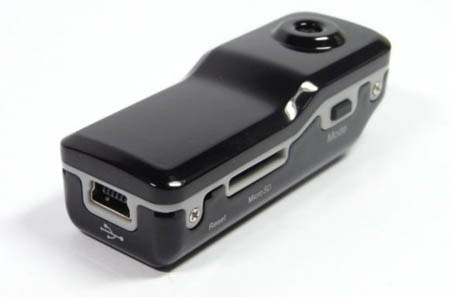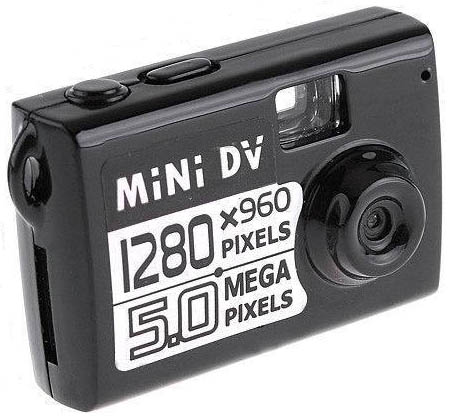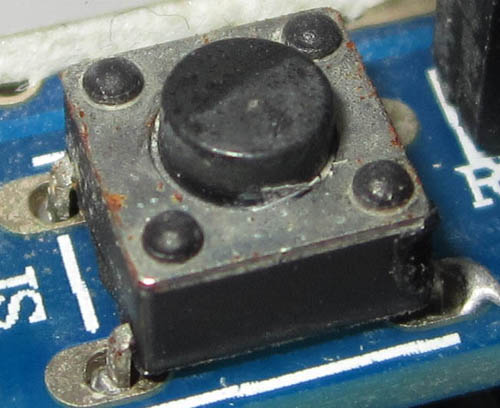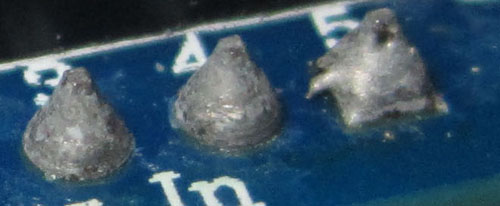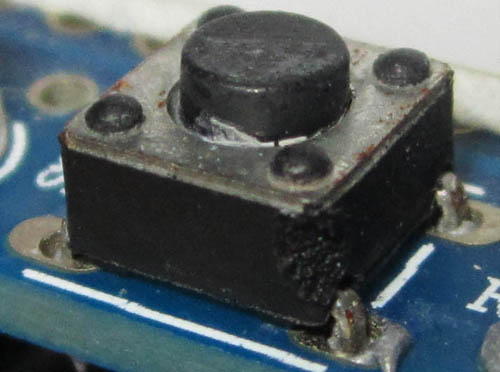In this guide I’ll show you how to use the shield and it’s two buttons. Lets get to it.
Resoltion is 64×48
Button A is by default pin D3.
Button B is by default pin D4.
Buttons can be customized by soldering jumper pads under the shield.
Parts:
PS, be sure to get the shield with A & B buttons when you buy it, there are a few types to choose from.
Code:
There are several libraries to choose from, but I found the one from Sparkfun to be suitable for my use.
Download it, then unzip in libraries folder and restart Arduino IDE. Then paste my code:
#include <Wire.h> // Include Wire if you're using I2C
#include <SFE_MicroOLED.h> // Include the SFE_MicroOLED library
#define PIN_RESET 255 //
#define DC_JUMPER 0 // I2C Addres: 0 - 0x3C, 1 - 0x3D
MicroOLED oled(PIN_RESET, DC_JUMPER); // Example I2C declaration
void setup()
{
// Before you can start using the OLED, call begin() to init
// all of the pins and configure the OLED.
oled.begin();
// clear(ALL) will clear out the OLED's graphic memory.
// clear(PAGE) will clear the Arduino's display buffer.
oled.clear(ALL); // Clear the display's memory (gets rid of artifacts)
pinMode(D4, INPUT); // Setting D4 B Button as input
pinMode(D3, INPUT); // Setting D3 A Button as input
}
void loop()
{
oled.clear(PAGE); // Clear the screen
oled.setFontType(0); // Set font to type 0
oled.setCursor(0, 0); // Set cursor to top-left
oled.print("Line 1");
oled.setCursor(0, 8); // Set cursor to top-left
oled.print("Line 2");
oled.setCursor(0, 16); // Set cursor to top-left
oled.print("Line 3");
oled.setCursor(0, 24); // Set cursor to top-left
oled.print("Line 4");
oled.setCursor(0, 32); // Set cursor to top-left
oled.print("Line 5");
oled.setCursor(0, 40); // Set cursor to top-left
oled.print("Line 6");
if (digitalRead(D4) == LOW)
{
oled.setCursor(0, 40); // Set cursor to top-left
oled.print("B Pushed");
}
if (digitalRead(D3) == LOW)
{
oled.setCursor(0, 32); // Set cursor to top-left
oled.print("A Pushed");
}
oled.display();
}You should now see this when buttons are pressed:
Thats it! Now play around with it. Hope this short guide was helpful.

